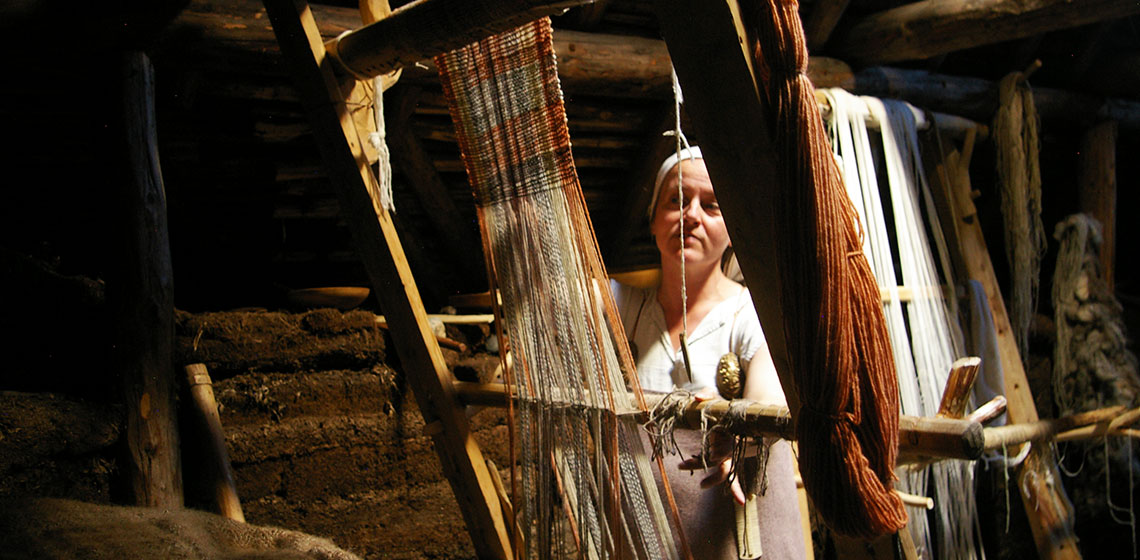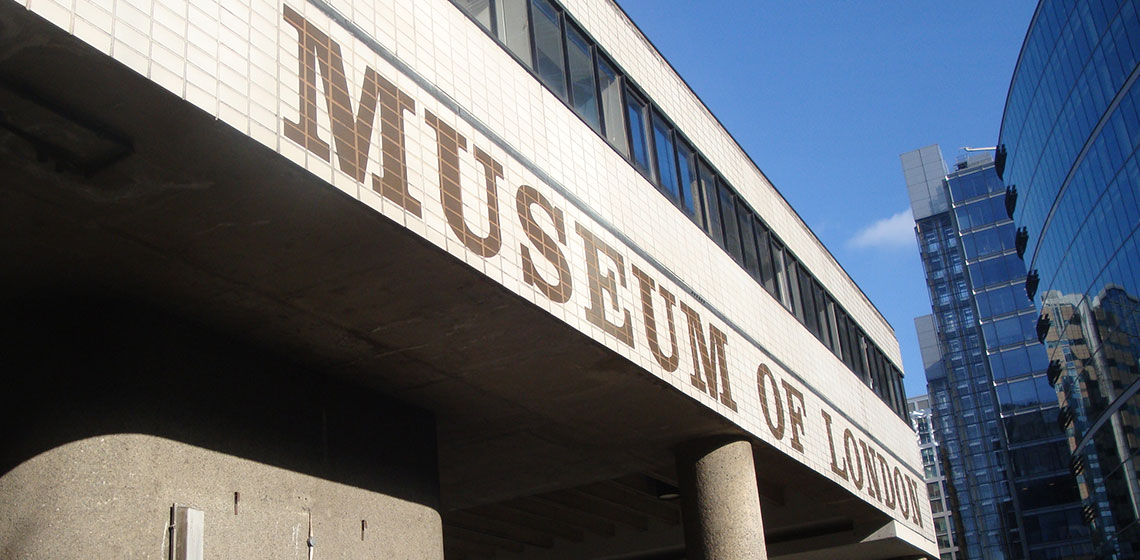Event Review: Dark Ages Recreation Company at L’Anse aux Meadows, NHSC 2017
Lying at the extreme northern tip of Newfoundland, L'Anse aux Meadows represents the only widely accepted Viking-Era presence in North America. Archaeological remains of seven buildings were found at the site, along with a few minor artefacts including a ring-headed pin, glass bead, and drop-spindle whorl. Evidence of on-site work was also found in the form of iron slag, discarded ship rivets, and axe-hewn wood chips. Four of the seven buildings were reconstructed by Parks Canada. Since 1997, these have been staffed by costumed interpreters who blend first- and third








